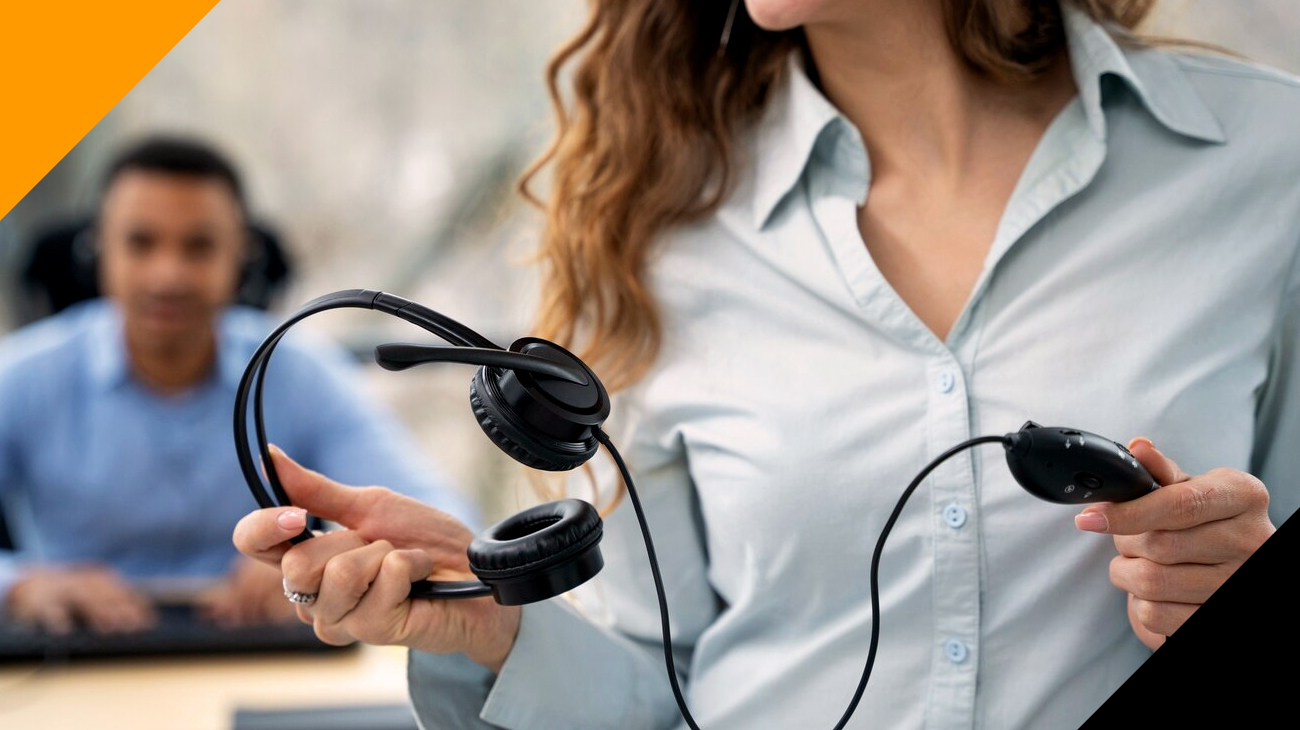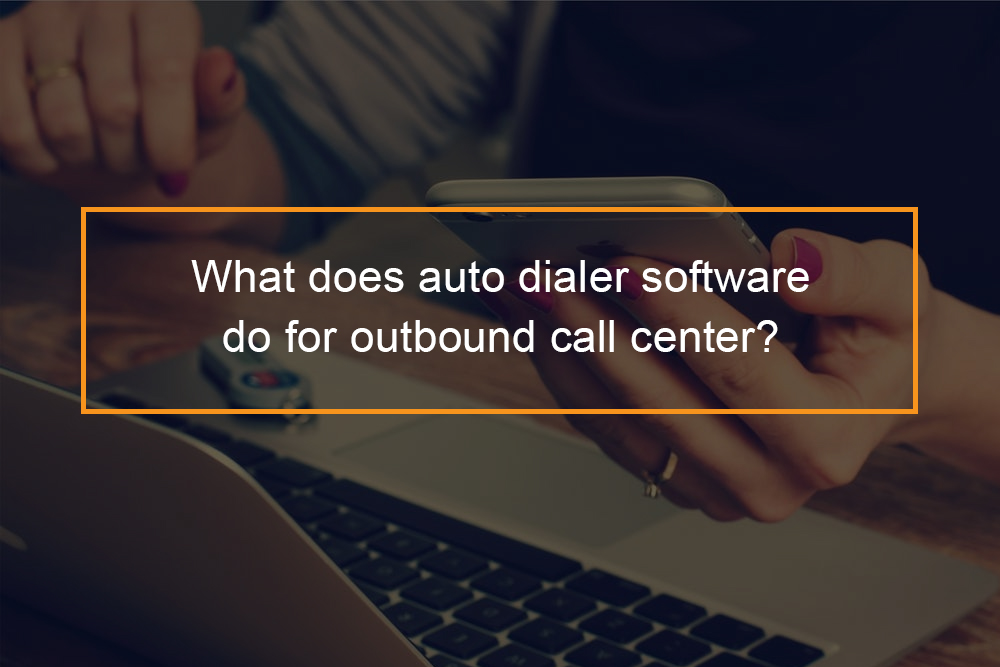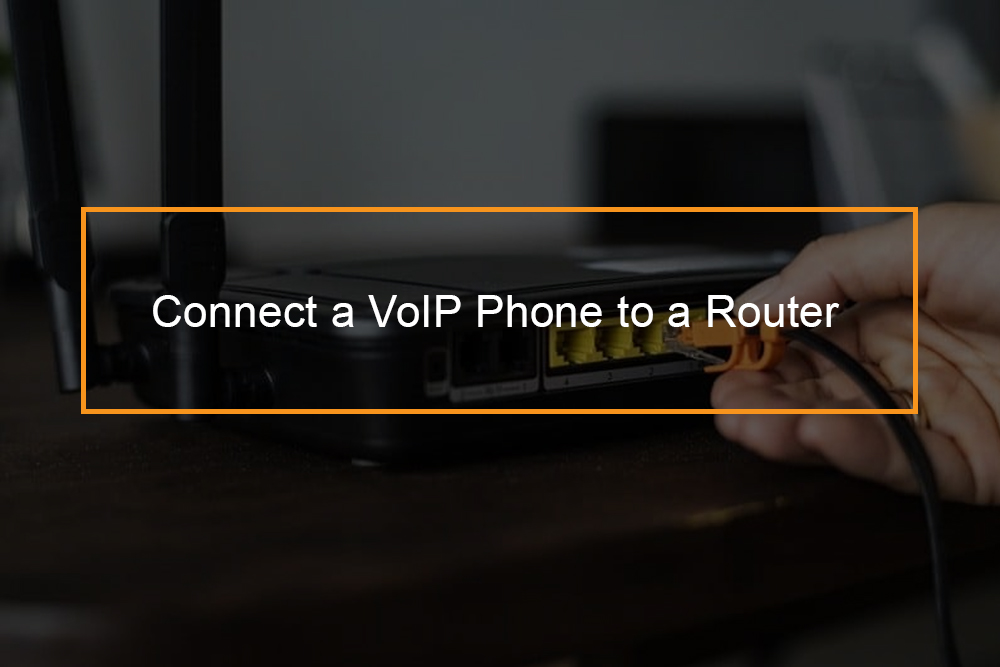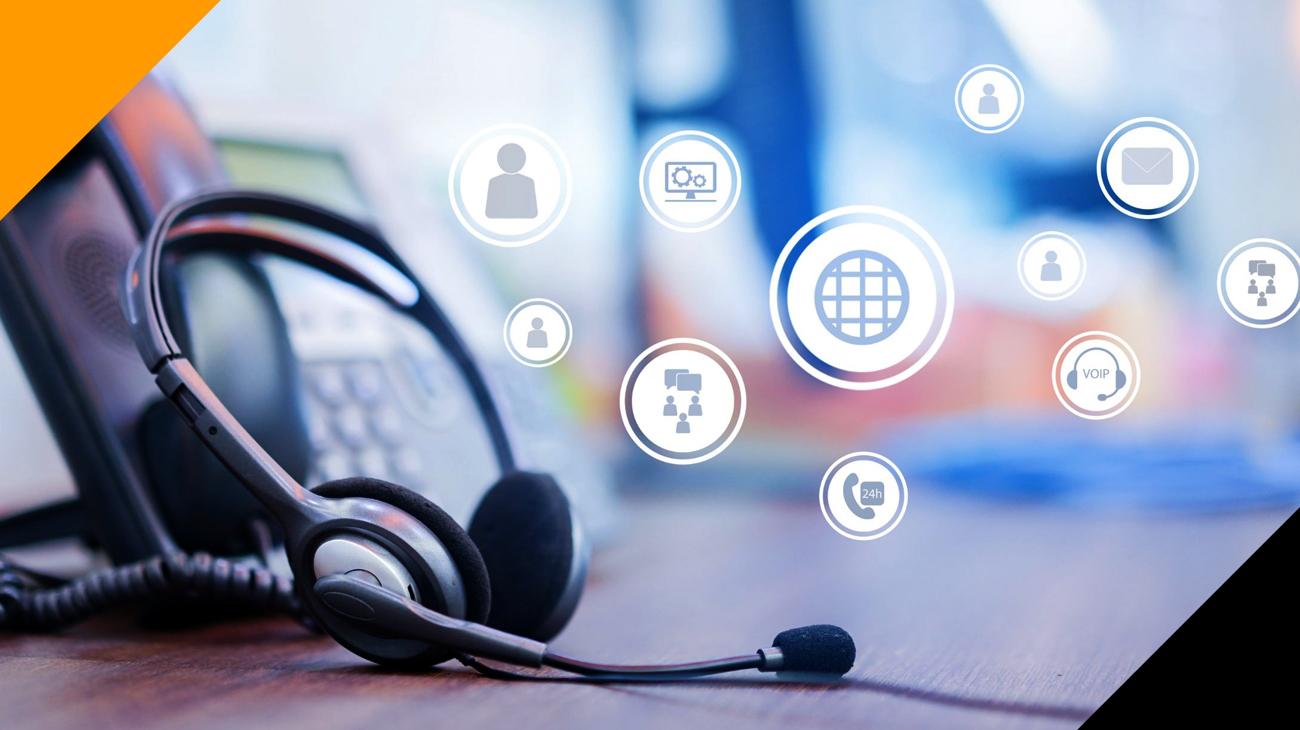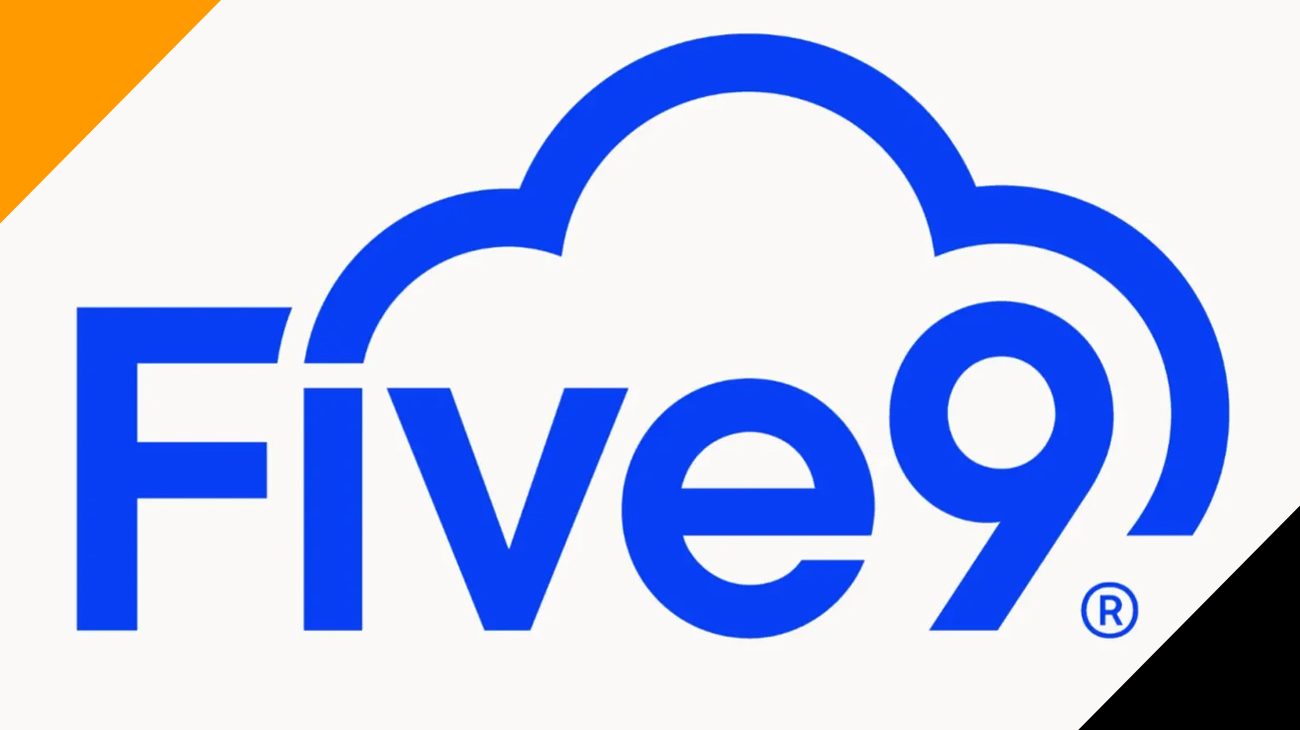Difference Between Predictive Dialer And Progressive Dialer
Predictive Or Progressive Dialer : What Kind Of Dialer Does Your Company Need?
The purpose of any call center that is outbound was always the same: connect agents with as many customers who are qualified as possible, and optimize productive talk time. Automated dialers are now required for any mixed or outbound call center in relation to maximizing the efficiency of agents. But the different call centers have specific requirements and kinds of automatic dialers were designed to meet the needs of call centers. The most well-known of these are the predictive and progressive dialers. The question is: What is the difference between predictive and progressive dialer? Which kind of dialer is best for your company?
Table of Contents
What Is The Difference Between Predictive And Progressive Dialers?
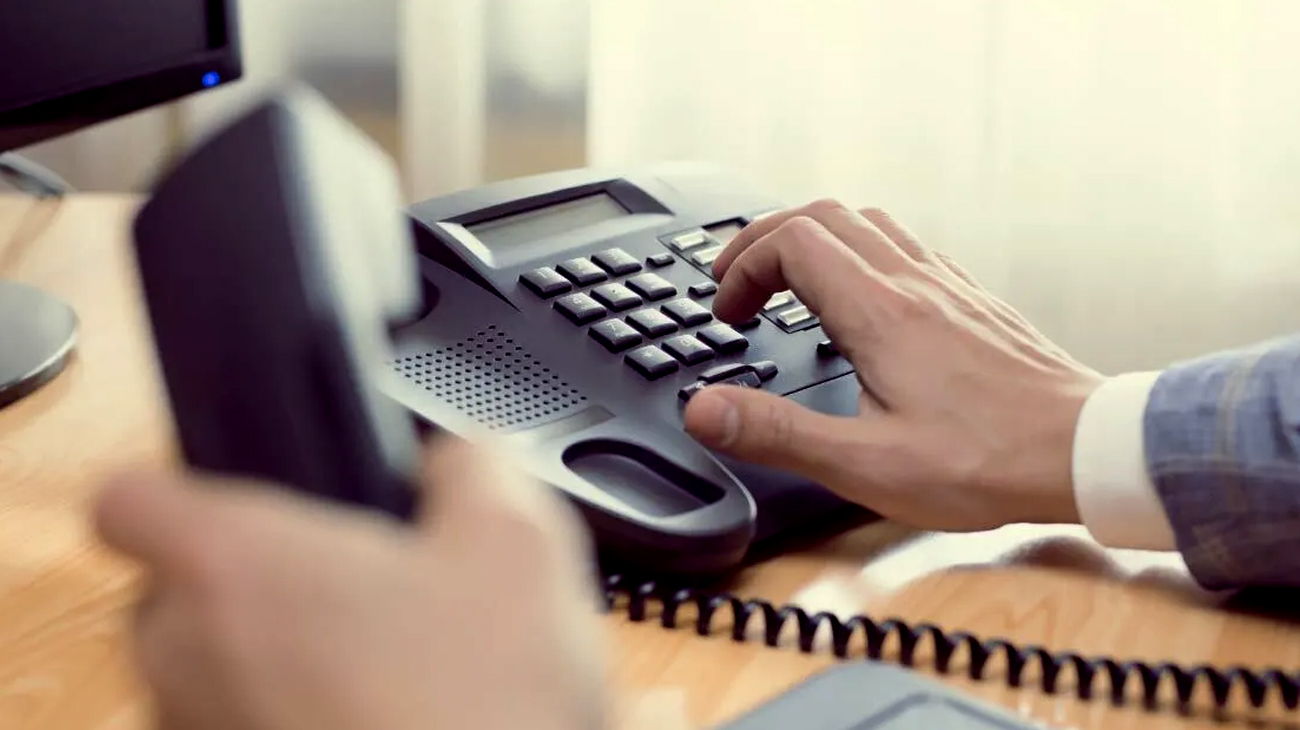
What is the difference between predictive and progressive dialer? A predictive dialer is able to call several numbers at once. Once a client responds, an agent will be connected with them. Based on the typical length of time that it takes for an agent to complete an entire phone call, the operator “predicts” when the agent will be available and then begins calling various numbers. The agent will instantly be connected to a new client when they finish the previous call.
The dialer also estimates the proportion of calls which are unanswered within a specific call list and dials the numbers more frequently when required. When using a predictive dialer the time spent between calls and the time spent by agents will be maximized. While Progressive dialing minimizes wasted time between calls by allowing you to dial a number from a list of numbers when an agent is available. Contrary to predictive dialers that can make several calls simultaneously prior to when the agent is available progressive dialers call sequentially and only when there’s an agent available to take a call from a customer.
What is a predictive dialer?
The most effective method is to use the predictive dialer. It is a progressive dialer, even though calls are made as quickly when advisors are available, many of those calls have an extended ring time when they are engaged or come to an answering machine, which is wasted time with an advisor at the other end of the line.
The predictive dialer calculates that a portion of calls are unsuccessful and over-dials connect live callers to advisors immediately they are in. Predictive dialers are commonly employed in extremely high volume low margin outbound call centers where the effectiveness of advisors as well as the cost per call is paramount. Seconds count.
The issues that you should be mindful of twofold. Like we see on television shows, if not controlled properly, predictive dialers could overcompensate and leave more live customers than advisors. Customers are left confused or potential customers waiting for an expiration date. To stop this from happening, Ofcom regulations state that not more than 3 percent of calls can be dropped in this manner.
Additionally, the effect on your advisors must be taken into consideration. They aren’t cogs in an automated system. Being able to receive calls in a continuous manner can lower their efficiency and morale among customers. It is important to consider the potential benefits of predictive dialing in comparison to the risks to your brand and team.
How does predictive dialer work?
In the case of contacting the largest number of potential customers, predictive dialers simply can’t be outclassed. A predictive dialer can call multiple numbers at once. When a user responds, an agent is linked to the customer. Based on the typical time taken by the agent to finish an entire call the caller “predicts” when the agent will be available and then begins calling various numbers. The agent will be immediately connected to a brand new customer after they end the previous call. The dialer can also predict the proportion of calls which are unanswered within a specific call list and dials the numbers more frequently when required. By using a prescriptive dialer there is very little time between calls, and the agent’s time to talk is increased.
Predictive dialers possess some weaknesses. The predictive dialers start making new calls prior to when an agent is available believing that they’ll have a customer waiting when the agent ends a call. This type of auto-dialing system, calls typically are received by potential customers prior to when an agent is available to meet with them. In this case it causes an inability to respond from the agent. This is something that many customers are frustrated by. Customers might already be frustrated with the delay when they call agents, and might abandon calls before agents are even in contact. This is why predictive dialing may appear unfriendly and is not the most appropriate option if your call center focuses on the relationship between an agent and the customer.
In terms of reaching the greatest number of potential customers, predictive dialers simply can’t be outclassed. A predictive dialer can call multiple numbers at once. When a user responds, an agent connects to the customer. Based on the typical time taken by the agent to finish an entire call, the phone dialer “predicts” when the agent will be available and starts calling various numbers. The agent will be immediately connected to a brand new customer when they finish the previous call. The dialer can also predict the proportion of calls which are unanswered within a specific call list and dials the numbers more quickly when needed. By using a prescriptive dialer there is very little time in between calls, and talk time for agents can be maximized.
Predictive dialers possess some weaknesses. They begin to make new calls prior to when an agent is available on the assumption that they will have a client ready when the agent finishes another call. When using this kind of auto-dialing system, calls typically are received by potential customers prior to when the agent is available to talk to them. If this occurs there’s the possibility of a delay in responding from the agent which some customers find annoying. Some customers may be annoyed when they’re connected to agents, and may end calls before the agent is even on the line. This is why predictive dialing could appear impersonal and is not the ideal choice if your call center is focused on building the relationship between an agent and a client.
What are the pros and cons of a predictive dialer? |
|
| Cons | Pros |
|
|
|
|
|
|
|
|
What is progressive dialer?

A progressive dialer is at all dissimilar to predictive dialing. A progressive dialer dials the next number on the call list when an agent finishes their previous calls. In this way, the wait between one and that number is eliminated to allow agents to perform more efficiently and finish more calls during their shift.
Progressive dialing cuts down on time between calls. However, unlike predictive dialers, the progressive dialer can’t make multiple calls at the same time before a representative is available. It only makes the number of calls that are inbound as agents are in the area.
Progressive dialers don’t have the capacity to make the same number of call as predictive dialers. However, it’s not necessarily a problem. While predictive dialers could leave customers waiting for an agent to contact Progressive dialers guarantee that agents are always readily available.
Therefore, progressive dialers are ideal for situations where agents are required to make multiple calls, one on top of the other which are alike in terms of content. A progressive telephone system will improve the speed of calls based on agent performance and will target those leads that are most qualified.
How Do Progressive Dialers Work?
Progressive dialing reduces the intervals between calls, by allowing you to dial a number from a list of numbers whenever an agent is available. In contrast to predictive dialers, which call multiple times prior to when the agent is available progressive dialers call in succession and only if there’s an agent available to take a call from a customer.
Progressive dialing doesn’t create more calls than predictive dialing, however it will ensure that your customers do not call without an agent waiting to take the call. This helps facilitate more intimate and productive interactions between your customers and agents. Even though progressive dialers are less likely to make phone calls than predictive dialers do, they do boost efficiency for agents and allow your agents to connect with many more customers than would normally be feasible.
What are the pros and cons of progressive dialers?
Pros
- Eliminate customer hang-ups
- You can have a more personal interaction
- Show the history of the prospect and other information on screen of the agent
- Improve efficiency of agents and talk time
- Live agents can connect to more customers
Cons
- This could mean that agents aren’t able to collect customer information during calls
- Agents could be forced to process a variety of numbers before contacting the person who is actually there
- Offer lower dialing rates and a wider reach than predictive dialers.
Which Dialer Is Right for Your Business?

The main distinction between predictive and progressive dialing is the difference between the amount of calls that are made as well as the quality of customer-agent interactions. If you are looking to increase the reach of your agent to the maximum number of customers and you’re not concerned about calls abandonment, then the predictive dialer could be the right choice ideal for you. If you are concerned about the quality of interactions between your employees and your clients is of greater importance to you than the total number of calls that are made every hour and you want to increase the number of calls made per hour, then the predictive dialer could be the best choice.
Frequently Asked Questions
Different types of dialers
- Auto Dialer
- Predictive Dialer
- Power Dialer
- Progressive Dialer
- Preview Dialer
What is a manual dialer?
Manual dialers are a typical sales dialer that is employed by agents to call numbers on the customer’s list manually one after the other. Agents have to wait for the call to be connected. Sometimes, numbers are incorrect or call the answering machine.

